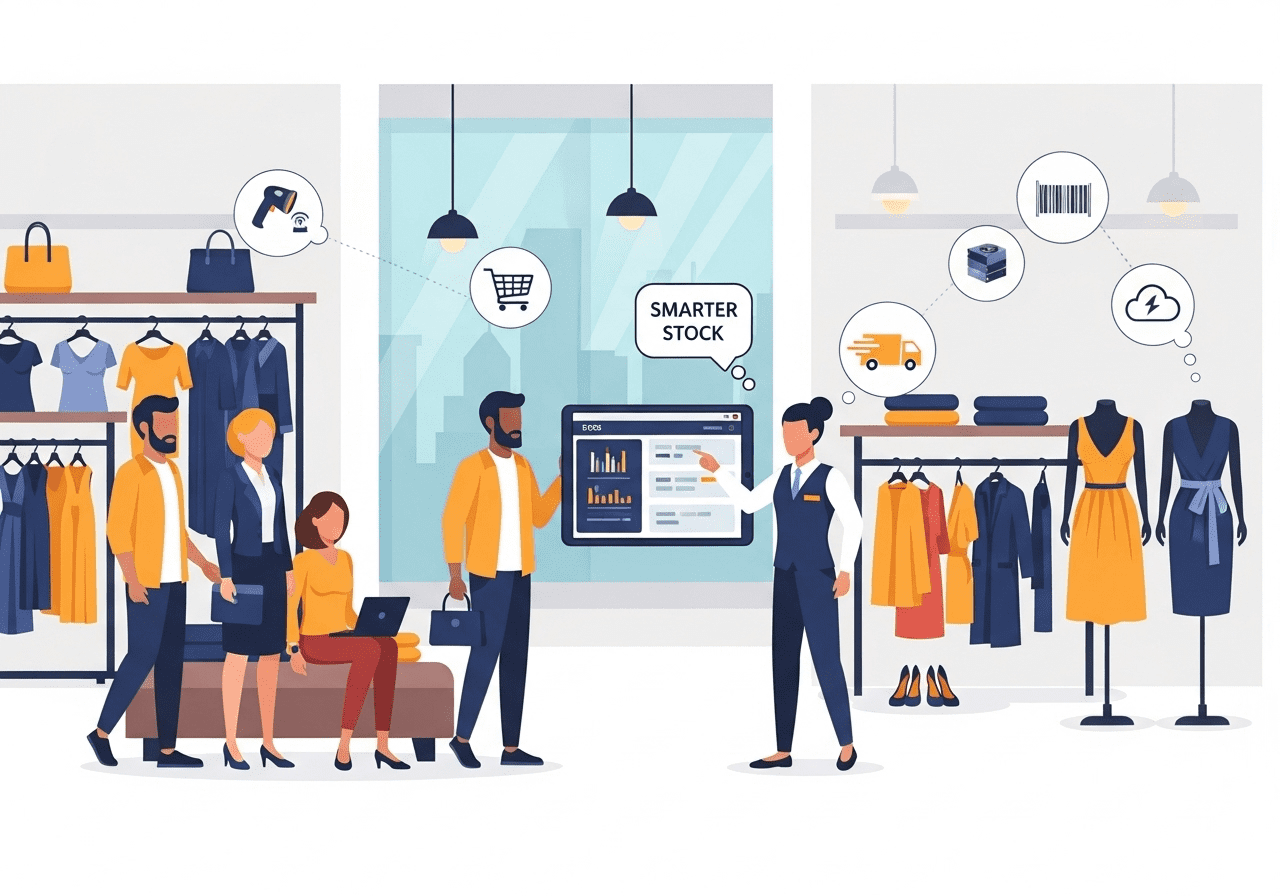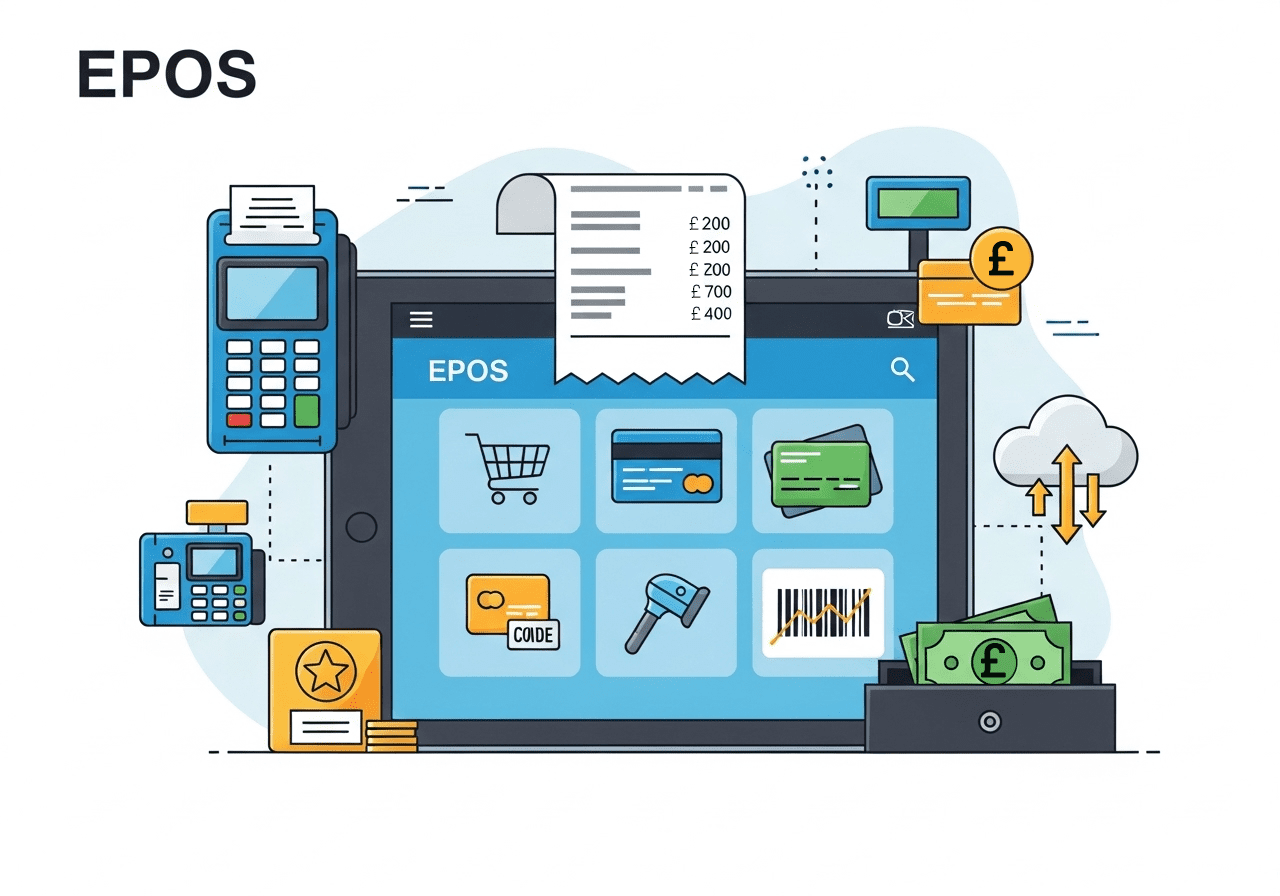
What Are the Main KPIs In Retail You Should Know? Why Do They Matter?
Retail, as an industry, is always changing and evolving. For business owners and operators within the retail sector, it is important to constantly track performance in order to identify areas of improvement and be able to react to changing retail demands. The most important KPIs (key performance indicators) in retail can vary depending on the specific business and its goals, but there are some key metrics that are always worth tracking.
Let’s discuss the most important KPIs in retail and some retail KPI examples to help you grow your business.
Retail KPIs Explained
Retailers have a unique challenge because they are selling products that people can see and feel. When determining KPIs, a retail store should have indicators that reflect their stores’ and company’s overall objectives and goals. KPIs need to be realistic and quantifiable alongside data such as sales, revenue, growth, etc.
Some Examples of KPIs in Retail
There are five common retail KPIs: sales, gross margin, average transaction value, inventory turnover, and customer satisfaction. Each one of these measures a different aspect of the business.
Sales tell you how much revenue your store is generating. Gross margin measures how profitable your sales are. Inventory turnover tells you how quickly you are selling through your inventory. Average transaction value tells you how much the average customer is spending at your store. And customer retention measures how happy your customers are by telling you whether they are likely to come back or not.
How to Improve Your KPIs in Retail
If you want to improve some of these KPIs, there are a few things you can do:
-
Inventory Turnover
There are a few things you can do to help improve inventory turnover. The most important is to make sure you have the right products in stock at the right location and at the right time. You also need to make sure you’re pricing your products correctly, and that you have a good marketing and sales strategy in place.
Another thing you can do is streamline your ordering process. Make sure you have a retail ERP software that allows you to order products quickly and easily. And lastly, make sure you have a good distribution network in place so that products get to your customers quickly and efficiently. Having accurate and live visibility of stock as it moves through different locations or states, for example in transit, being replenished to store or in quality control, is essential. That way you know accurately how much stock the business holds and how to manage it according to customer demand. Stock outs or too much unsold stock can cause issues.
-
Average Transaction Value
To increase the average transaction value of your retail operation, make sure you are pricing your products appropriately. You don’t want to price your items too low or too high. Also, consider adding premium products to your lineup to increase margins, or look for opportunities to upsell or cross sell
-
Customer Retention
Want to improve customer retention? Make the shopping experience as seamless as possible across all brand touchpoints. This can be a complex task, so having the right retail technology in place to support you across all channels is essential to manage your operations. With digital disruption and fierce online competition, demanding customers appreciate and value good customer service which can be the differentiator when making that all important sale. Track their purchase and any reviews or testimonials you might receive. Having a smooth ePOS experience in store, using digital receipts, and having exactly what they need when they need it by using a powerful ERP are great ways to improve customer retention.
Improve Your KPIs in Retail Quickly with Eurostop
At Eurostop, we provide retail omnichannel software solutions like stock control and merchandise management retail ERP software for fashion, footwear and jewellery retailers to improve all the important retail KPI examples we have mentioned. Contact us for a free demo and more information





